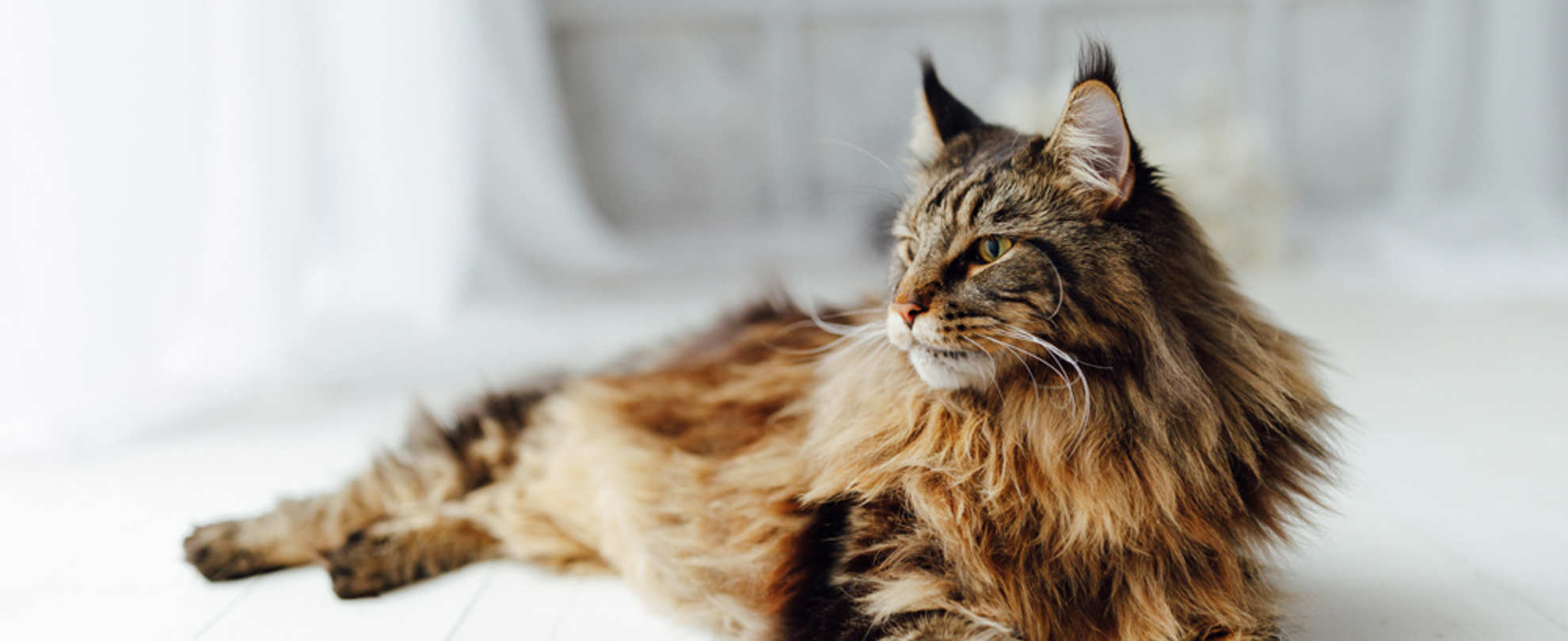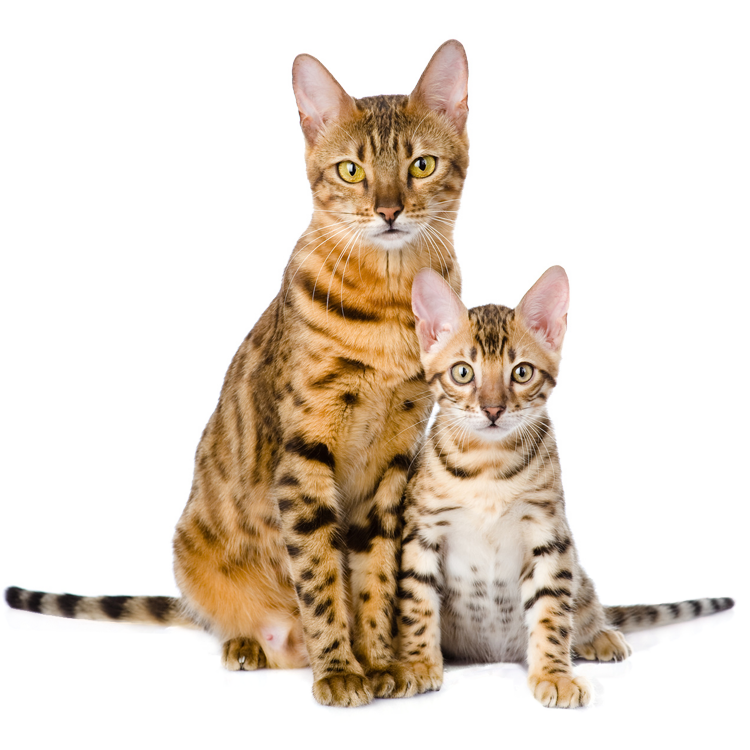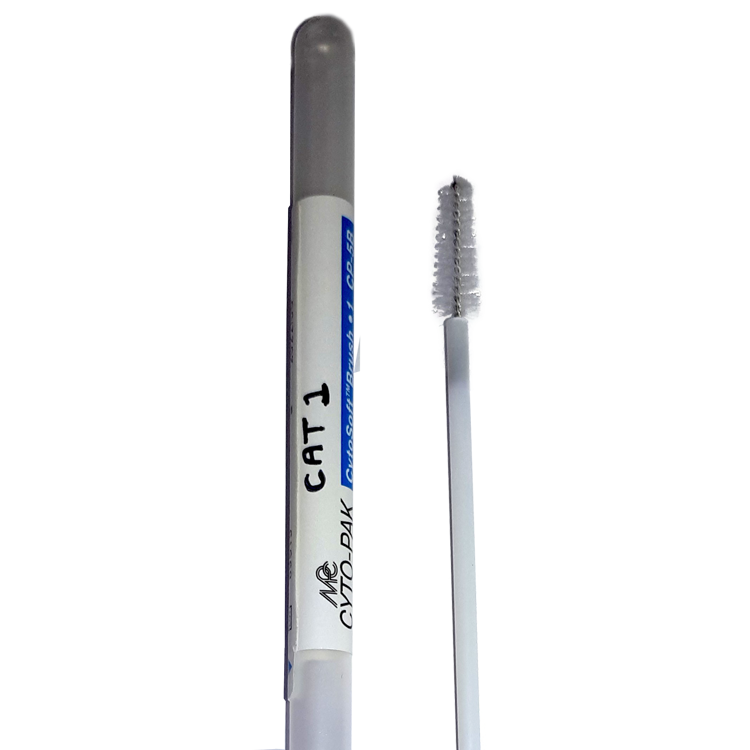Background
About the test
Our genetic test identifies three different mutations in the Limb Development Membrane Protein 1 (LMBR1) gene that is known to cause expression of extra digits in cats. Two of these mutations were first identified in outbred polydactyly cats in the UK (UK1 and UK2) and the other was initially identified in polydactyly cats from North America (Hemingway (Hw) mutation). All three mutations are autosomal dominant, so a cat needs only one copy of any of the mutations to have extra digits. There is no evidence that having two copies of any of the mutations causes a more severe phenotype i.e. higher number of extra digits.
Note about Polydactyly in Main Coons
Polydactyly in Maine Coon cats demonstrates genetic heterogeneity. In a study published in 2020 (Hamelin et al.,) the Hw mutation was found to be associated with polydactyly in some Maine Coon cats. The phenotypic expression of the Hw mutation in this breed is broad, it can cause extra digits on fore paws or hind paws. They also found two cats with one copy of the Hw mutation (Heterozygous) which did not have any extra digits (radiographically confirmed), but these two cats went on to produce polydactyly kittens. Therefore, the Hw mutation is inherited as an autosomal dominant trait but with incomplete penetrance and variable expressivity in this breed.
There were also a group of Maine Coons of Canadian origin in this study which were polydactyly but did not have any copies of the three known polydactyly mutations. This suggests mutations causing polydactyly to have arisen multiple times in cats and there are more mutations yet to be discovered. Maine Coon breeders should be aware of this situation when considering breeding approaches.
Interpretation of results
A Normal Polydactyly genetic test result means that the cat does not have any of the three genetic mutations causing polydactyly.
A Heterozygous or Homozygous Polydactyly genetic test result means that the cat has either one (Heterozygous) or two (Homozygous) copies of Polydactyly mutation. The cat is likely to have extra digits* and is also likely to produce offspring with extra digits.
*see note about Maine Coons
Hamelin et al., 2020. Journal of Feline Medicine and Surgery, Vol 22(12) 1103-1113
*Polydactyly & Maine Coons
Click here to download -



